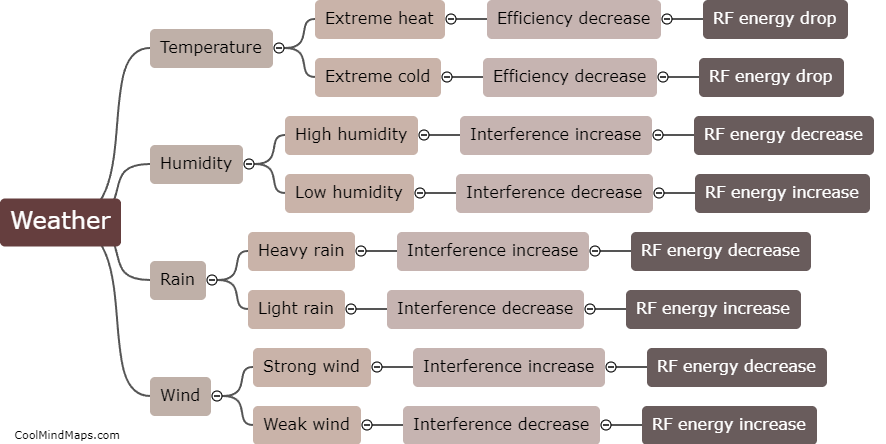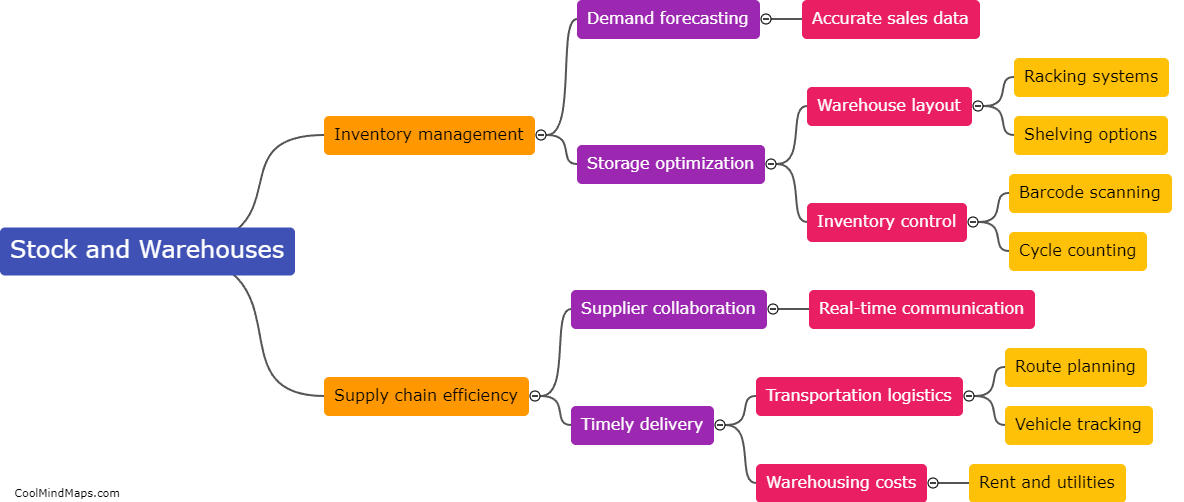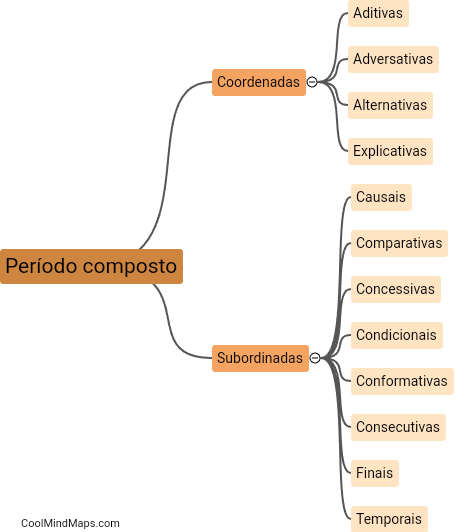What are the steps to solve a physics problem?
When solving a physics problem, there are several steps to follow to ensure a clear and accurate solution. The first step is to clearly understand the problem and identify the known and unknown quantities. Then, one must choose the appropriate equations and principles that apply to the problem at hand. Next, one should carefully set up the equations, substituting in the known values and leaving the unknown quantities as variables. After setting up the equations, it is important to solve for the unknowns, using algebraic manipulations and mathematical operations. It is crucial to pay attention to units and make sure they are consistent throughout the calculations. Finally, one should interpret the results, checking if they make sense in the context of the problem and answering the original question if applicable. By following these steps, one can effectively solve physics problems and achieve accurate solutions.

This mind map was published on 31 July 2023 and has been viewed 121 times.











